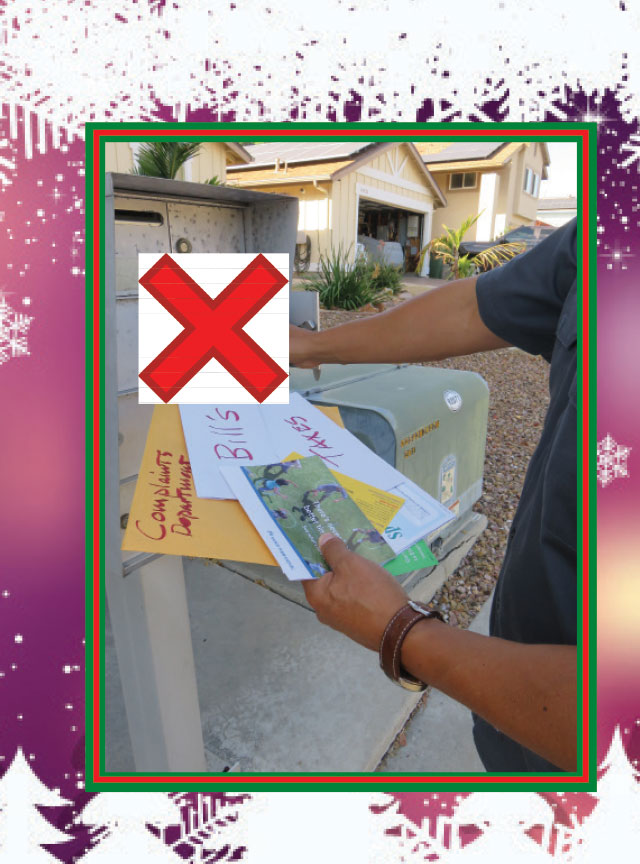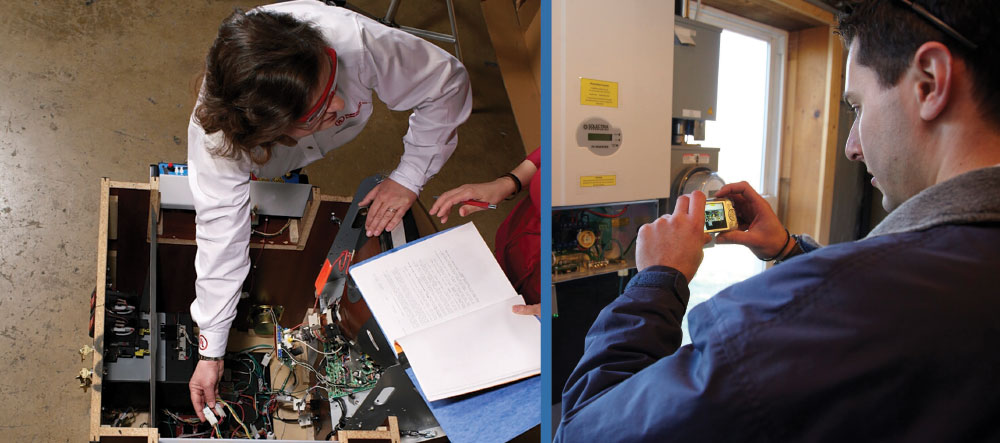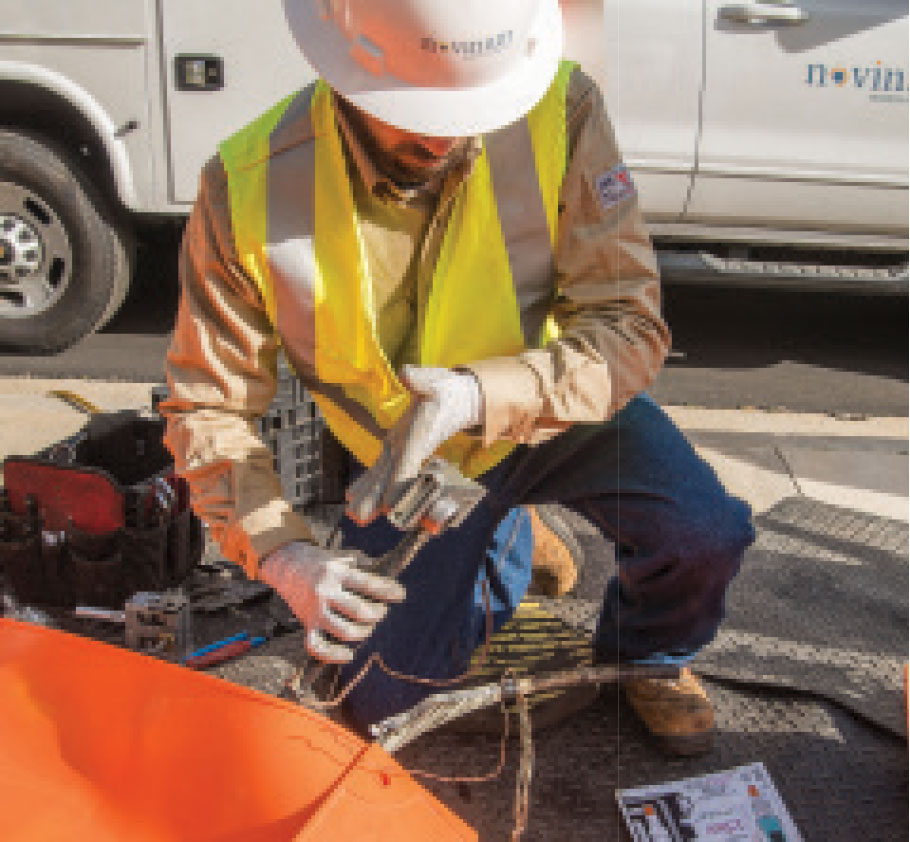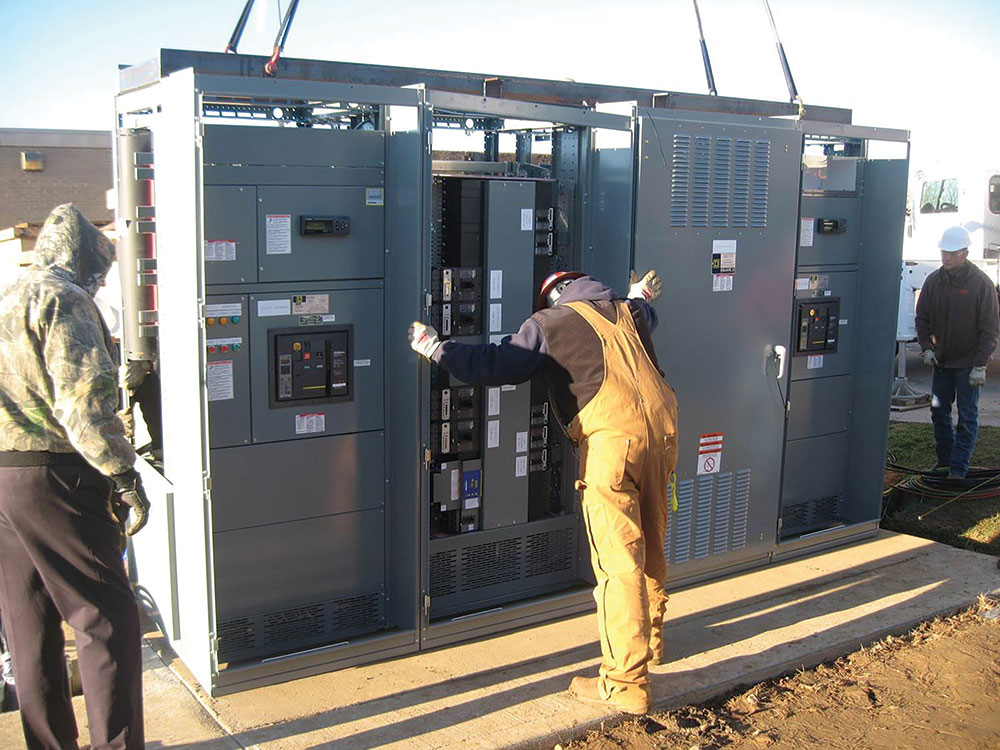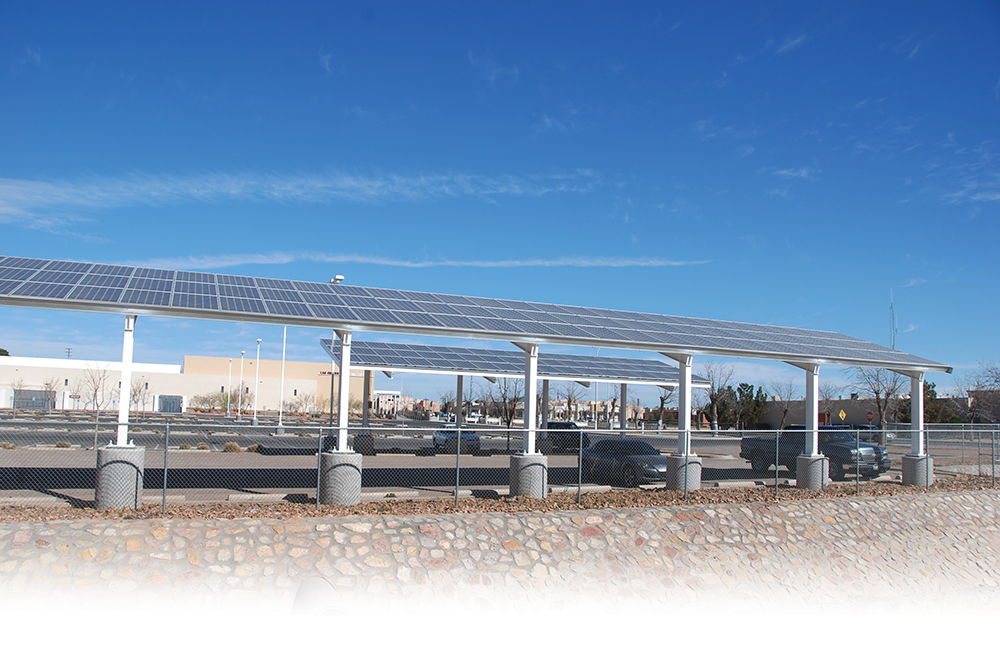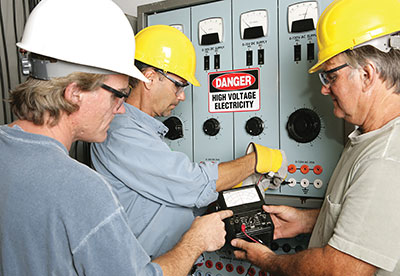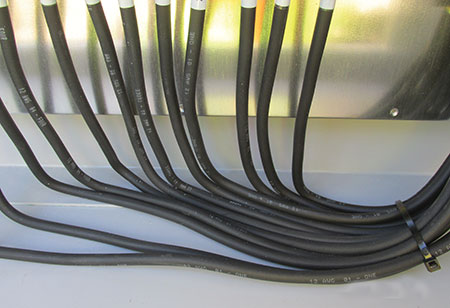Sometimes inspectors are not fully appreciated and/or recognized for our efforts. Some view us as the bearers of bad news; or, more often, see us as the epitome of intolerance, rigidness, and inflexibility.
The primary functions of recognized testing laboratories and field evaluation bodies are that they both perform product safety testing of equipment.
For utilities facing ever-increasing cable maintenance and management demand, rejuvenation helps address and repair more miles of cable for the same budget, compared to replacement.
My accomplices and I have made up a mock service diagram to be used in an educational program. The electrical service is rated 4000 amps at 120/208 volts. We are supplying the service equipment with 12 sets of 600 kcmil aluminum type THWN per phase.
Today, switchgear designers know the phenomenon of St. Elmo’s Fire by other names. The glow is called a corona, and its crackling emission is called partial discharge.
Those of us in the inspection community and those associated with the inspection community, including inspectors at all levels, chief inspectors, building officials, and administrators responsible for funding, need to work diligently to increase the competency and quality of our inspection process and our inspection force.
One common way of minimizing possibilities of electrical wiring and equipment becoming an ignition source in hazardous (classified) locations is to locate the equipment and wiring outside of the hazardous (classified) location wherever possible.
Working with electrical systems has inherent risks, and working with Renewal Energy (RE) systems is no exception. This article offers a look into the installer’s world of required electrical safety guidelines and procedures.
Perhaps nowhere in the Code is this mystery more prevalent than at 680.26 dealing with equipotential bonding for swimming pools and similar installations.
This article will focus on the inspection of DC combiners, tracker controllers and other unique and challenging situations utilizing the NEC, UL Standards, and the Building Code.

